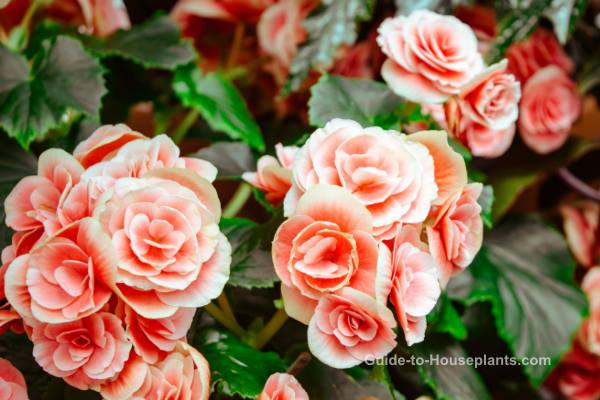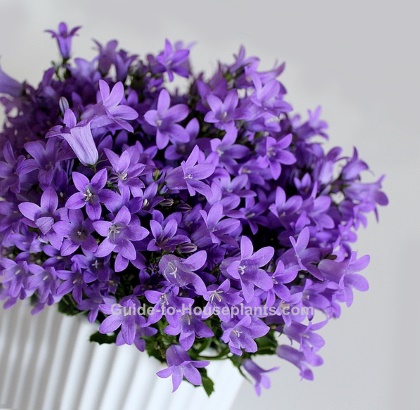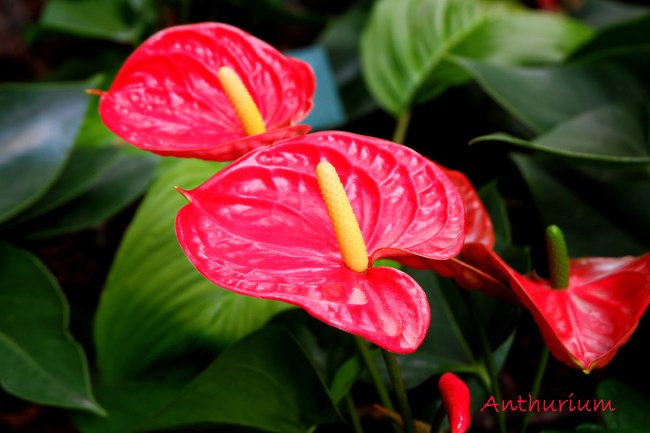Indoor Ponytail Palm Care
Botanical Name: Beaucarnea recurvata
Ponytail Palm is a succulent native to Mexico. Its easy-care nature makes it a popular house plant. Thriving in nearly all indoor conditions, this palm tree look-alike prefers dry air and soil, and rarely needs fertilized. Want more? It's slow-growing, so you can keep it in the same pot for years.
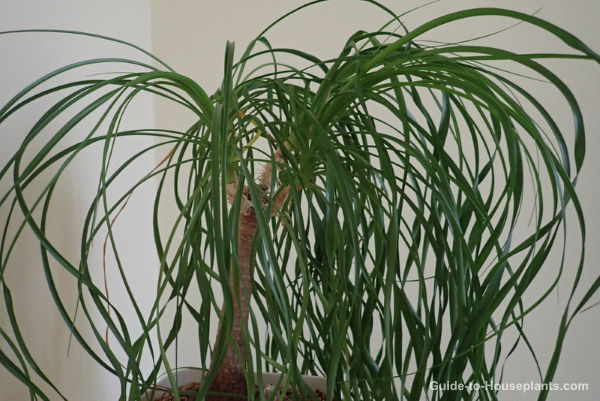 One of the easiest houseplants, this one is also eye-catching. Photo: © Lucie Zrnova
One of the easiest houseplants, this one is also eye-catching. Photo: © Lucie ZrnovaGet to Know Ponytail Palm as a Houseplant
Often mistaken for a palm, Ponytail Palm is actually a semi-succulent more closely related to the Yucca. You'll find it's easy to grow and drought-tolerant. Its swollen base stores water, so occasional lack of water will do no harm.
Are you forgetful about watering? This may be the ideal house plant for you. In fact, the most common mistake with this plant is overwatering it, especially in winter. When in doubt, keep it on the dry side.
At the top of its trunk, long, narrow green leaves grow in a cluster, curving downward like a pony's tail. Keep them dust-free by spraying leaves with room-temperature water, then wiping them with a soft cloth. Cleaning the leaves will also help to prevent spider mites that prefer the same dry living conditions as the ponytail palm tree.
Clusters of small, white flowers may appear on plants when they are several years old. However, plants that are grown indoors rarely flower.
Beaucarnea recurvata is a slow-grower, so buy one the size you want. Otherwise, you'll wait years for it to grow into a large tree.
Ponytail Palm Care: Problems, Solutions and Answers
Brown leaf tips? If you find that the leaf tips are turning brown, it is caused by overwatering and underwatering. Snip off brown leaf tips with sharp scissors or pruners, but take care not to cut too much off.
Wondering when to repot? Good ponytail palm care will ensure that your house plant will live a long time. Slow-growing, it rarely needs repotted (probably every 5 years or so). In fact, it grows best when it's pot-bound so keep it in a smallish pot. As it grows tall, it's a good idea to pot it in a heavy container to prevent toppling. Use a pot with drainage holes to prevent soggy potting medium. If you want to cover up a plain nursery pot, use it as a cachepot -- a decorative container without drainage holes. Just slip the plain pot into the cachepot. I put small rocks in the bottom of cachepots to keep the inner pot above the drainage water.
Something bugging your plant? Ponytail Palm typically shrugs off pests; however, there are a couple to watch for. Check for scale insects. These tiny, brown disc-shaped bugs may be found lurking on the undersides of leaves. Scale are sap-sucking pests that excrete honeydew, which often develops sooty mold. Spider mites are attracted to dry conditions, especially in winter, and can cause devastation to plants. You'll recognize them by the fine webbing between leaves. Treat any infestation right away and isolate the plant to prevent bugs moving on to your other houseplants.
Is Ponytail Palm poisonous? No -- it's non-toxic and safe for a home with kids, cats and dogs.
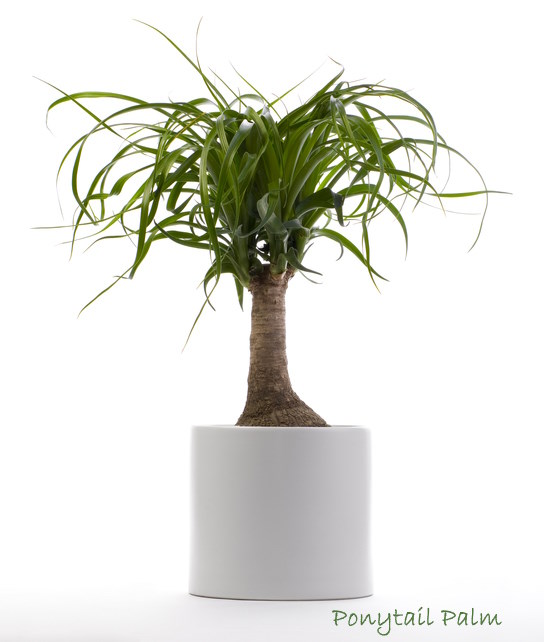 Easy care makes ponytail palm a must-have houseplant. Photo: vspn24
Easy care makes ponytail palm a must-have houseplant. Photo: vspn24Ponytail Palm Care Tips
Origin: Mexico
Height: Slow-growing, it can take 20 years to reach 6 ft (2 m) indoors. Ponytail Palm is easy to grow as a bonsai, reaching only 1-2 ft (30-60 cm) tall -- it doesn't need shaped or pruned at all.
Light: Bright light to full sun, year-round. Ponytail palm makes an easy-to-please house plant and a striking accent for a sunny room.
Water: Allow top half of soil to dry out between waterings. In winter, water only enough to prevent the soil from drying out completely. Avoid getting the trunk wet because it is prone to rot; water the potting mix instead. Remember to always use room-temperature water when watering your houseplants.
Humidity: Average (around 40% relative humidity) or lower. A native of the Mexican desert, this house plant tolerates the dry air of heated homes extremely well.
Temperature: Warm room temperatures 65-80°F/18-27°C year-round. If you move your plant outdoors for the summer, don't worry -- it can take the heat. Keep it in a sheltered spot outside. Bring it back indoors when the temperature drops to 50°F/10°C at night.
Soil: A fast-draining medium, such as cactus potting mix is ideal.
Fertilizer: Slow-growing, Ponytail Palm is not a heavy feeder. Feed monthly in spring and summer with a balanced (such as 10-10-10) water-soluble fertilizer at half the recommended amount on the label. Don't feed in winter, when growth is slower.
Propagation: Can be sown from seeds. In spring, you can remove the offsets that grow from the base of the plant and pot them in their own containers.
